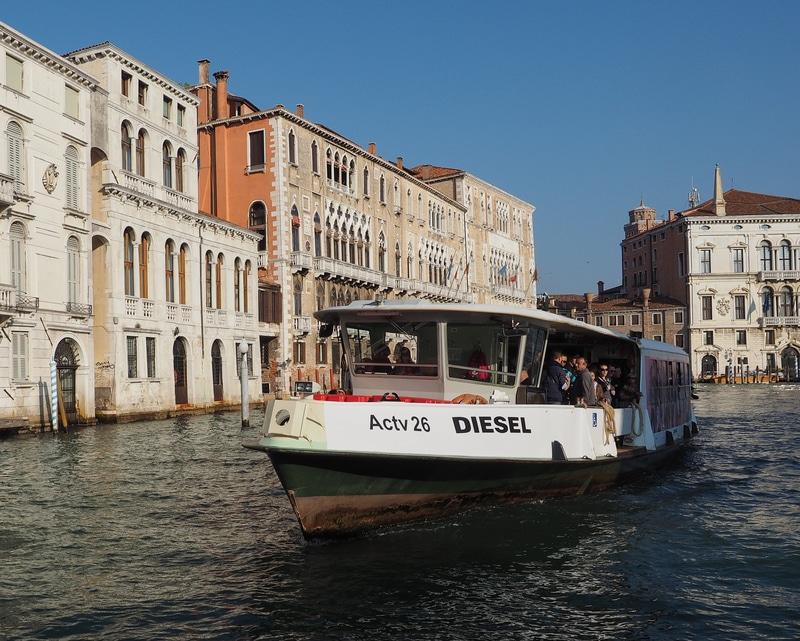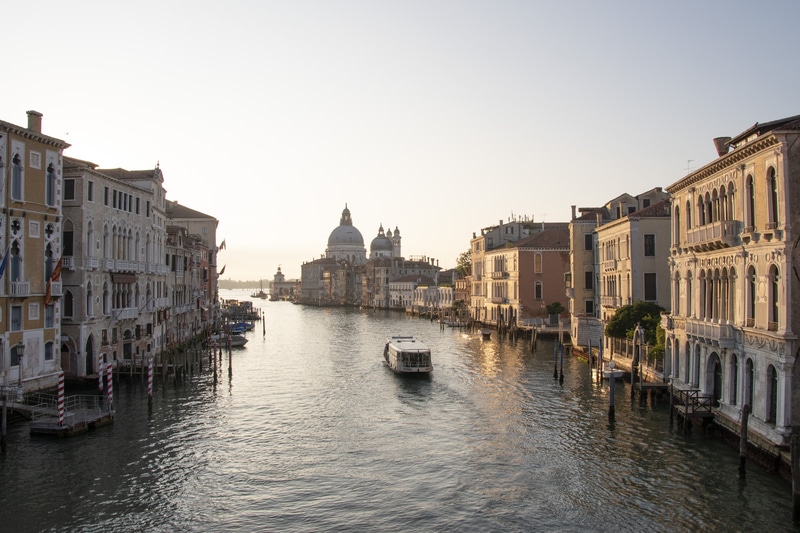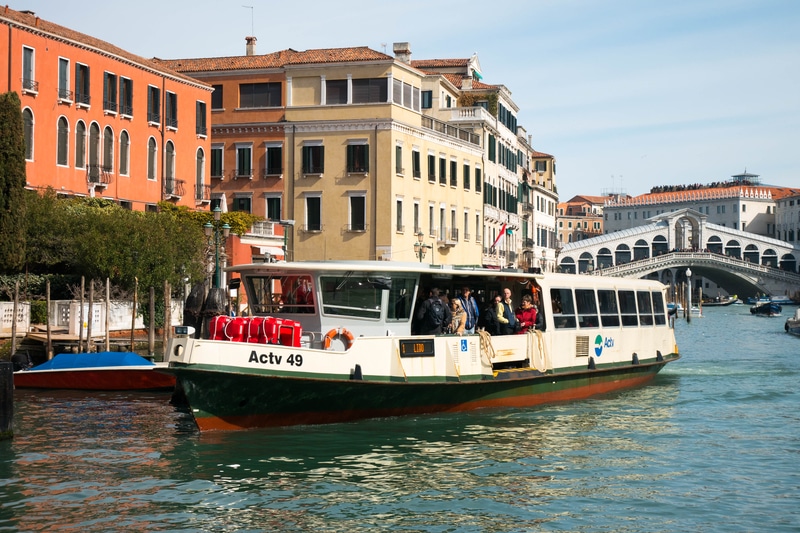
Claudiodivizia
Article Highlights
Key Takeaway:
Venetian transit agency AVM’s “unique” procurement model yielded surprising bid results and has attracted interest elsewhere in Europe.
Key Data:
• Chart: Agency estimate vs. actual bids
• Table: Ranking of three vendors’ bids
After the pandemic, AVM, the Italian public transit agency that runs buses, trams, water buses and shuttles in Venice, Italy, wanted a low-cost, low-risk way to introduce open-loop payments to riders in the tourist mecca.




















